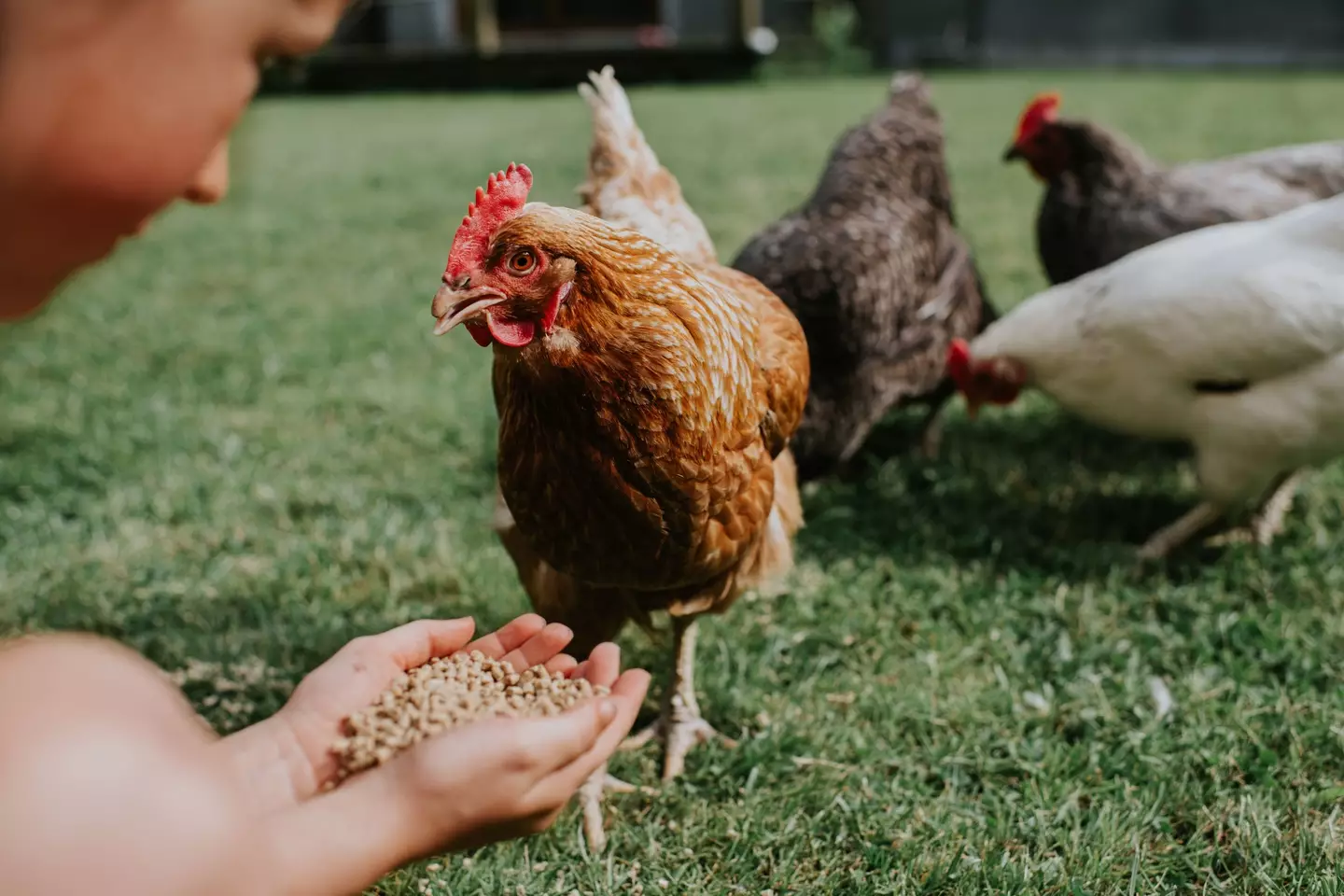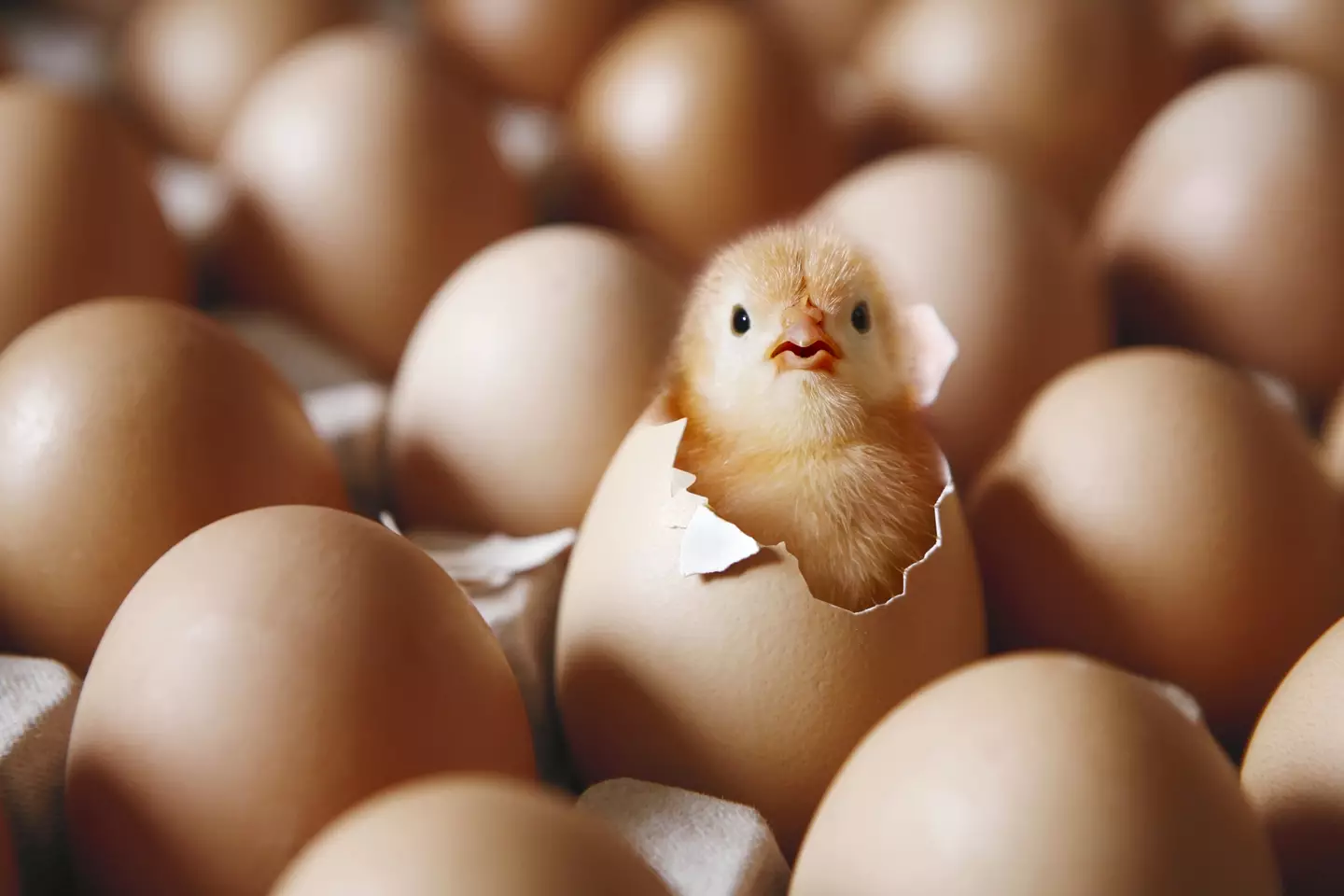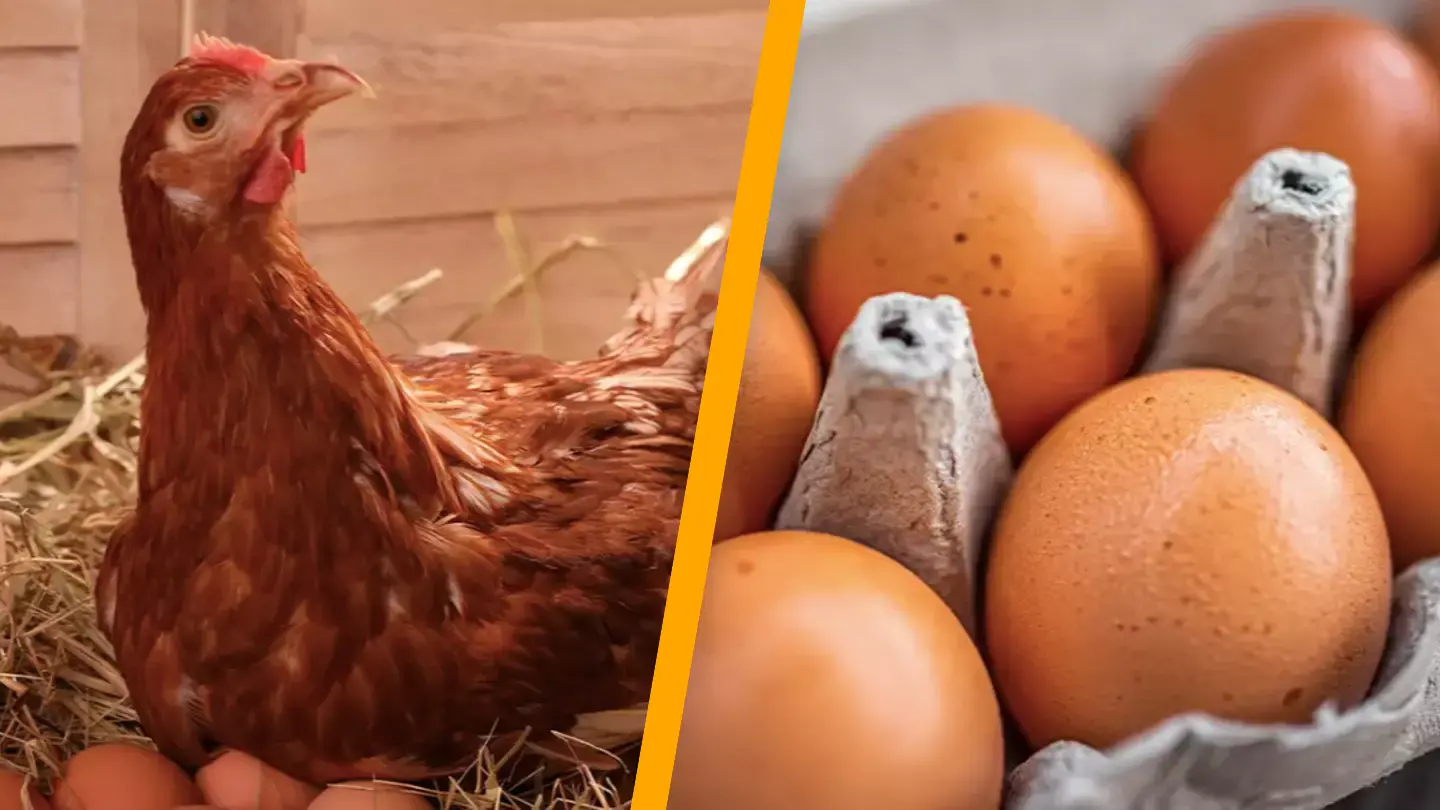The enduring debate over which came first, the chicken or the egg, may finally have an answer thanks to recent scientific discoveries.
This question has been discussed by everyone from students to academics, and now it seems researchers have provided some clarity.
Evidence suggests that eggs predate chickens, a revelation that might surprise many.

A discovery in 2017 of a prehistoric organism has led scientists to conclude that eggs existed long before the advent of animals.
The organism, known as chromosphaera perkinsii, was found in Hawaii. Scientists believe it first emerged at least a billion years ago and underwent cell division, leading to what is considered an early form of eggs.
Research conducted by the University of Geneva revealed that this organism formed multicellular structures akin to animal embryos.
This evidence points to the existence of eggs well before the first animals emerged.
The lead researcher, Omaya Dudin, noted: “Though Chromosphaera perkinsii is a unicellular species, this behaviour shows that multicellular coordination and differentiation processes are already present in the species, well before the first animals appeared on Earth.”
Another study author, Marine Olivetta, remarked: “It’s fascinating, a species discovered very recently allows us to go back in time more than a billion years.”

Investigating the ancient life of chromosphaera perkinsii has provided crucial insights into the evolution of multicellular organisms like animals.
While animals are multicellular and evolved later, the transition from single-celled life forms, such as bacteria, to complex life forms began with the development of eggs from a single cell.
This embryonic development process is believed to have started prior to the emergence of animals, although it’s not fully understood how unicellular organisms evolved into multicellular life.
The findings were reported in the journal Nature.
In a separate study addressing the chicken or egg dilemma, published in Nature Ecology & Evolution, scientists examined 51 fossil species and 29 living species, categorizing them as oviparous (egg-laying) or viviparous (live-bearing, like humans).
The research showed that early reptilian ancestors of chickens were viviparous, meaning they gave birth to live young instead of laying eggs.

Both the teams from Bristol and Nanjing University in China noted that the evolution of hard-shelled eggs was a significant advancement, but this research offers additional insights.
The study suggests that extended embryo retention, where mothers keep their young before birth, offered greater protection, making it safer to birth live young rather than laying eggs in ancient times.
Professor Michael Benton of the University of Bristol explained: “Before the amniotes, the first tetrapods to evolve limbs from fishy fins were broadly amphibious in habits.
“They had to live in or near water to feed and breed, as in modern amphibians such as frogs and salamanders.
“When the amniotes came on the scene 320 million years ago, they were able to break away from the water by evolving waterproof skin and other ways to control water loss. But the amniotic egg was the key.”

